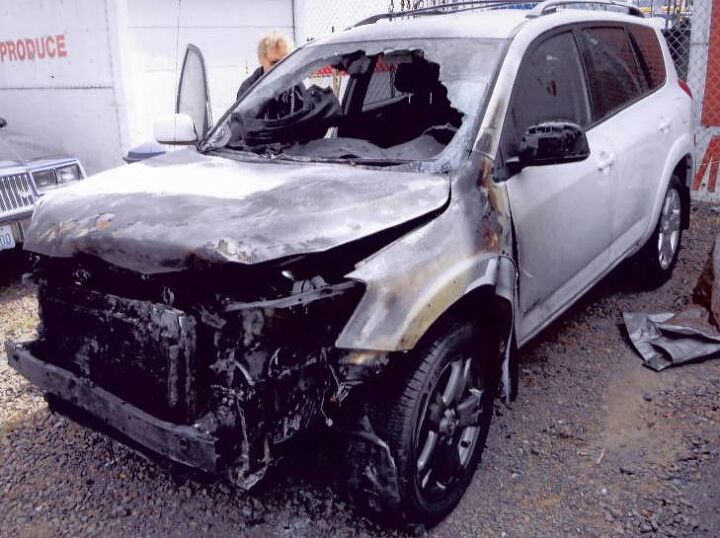#SafetyMandates
400 Deaths Per Day: Is India Seeking Automotive Safety in the Wrong Places?
Every year, nearly 40,000 people lose their lives on American roadways. Tragic as that may be, it’s small potatoes when you consider India hovers around 150,000 annual fatalities. While you could attribute the difference to the 1.32 billion people living in the country, the truth is that car ownership in India is far less common than in the United States.
Here, there are about 255 million functioning vehicles, leaving the majority of the population with access to some form of four-wheeled transportation. However, in India, the number is closer to 55.7 million — which only gives 42 people out of every 1,000 access to an automobile.
Confronted with a situation that can only be described as catastrophic, Prime Minister Narendra Modi is seeking to impose harsher penalties for traffic violations and requiring automakers to add safety features to cars sold within the region. While that’s a fine start, it doesn’t address the core issue: a nationwide lack of discipline behind the wheel.
Mandate Or Market Forces: Are We A Nation Of Cringing Wimps?
Last week I wrote a pithy little article about my experience driving a Suzuki Cappuccino, a 660 CC kei car, when I was teaching in Japan. I followed the discussion that resulted with some interest and one of my favorite contributors and fellow motorcycle enthusiast, Syke, raised and interesting issue when he wrote: “I’d happily sign whatever paperwork necessary exempting myself (and my heirs) from personal injury lawsuits, or whatever other crap the lawyers can come up with, to own one. The impossibility of getting such cars is just another example of what a country full of cringing wimps we’ve become.” It’s something I have thought a lot about over the last few days and to me it comes down to a simple question: Should the government have a role in setting safety standards?

















Recent Comments